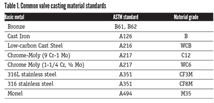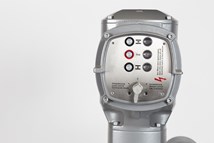Congress Defines Carbon Dioxide as Pollutant
Inflation Reduction Act of 2022 includes nearly $370 billion for energy security and climate change initiatives
The recently enacted Inflation Reduction Act of 2022 contains nearly $370 billion in federal funding to for energy security and climate change. Included in the bill is a new definition of greenhouse gases that reads: “In this section, the term ‘greenhouse gas’ means the air pollutants carbon dioxide, hydrofluorocarbons, methane, nitrous oxide, perfluorocarbons and sulfur hexafluoride.” This is the first time that carbon dioxide was named as an air pollutant that can be regulated by the EPA under the federal Clean Air Act.
In a statement from The White House, the Act is intended to help create renewable energy through 950 million solar panels, 120,000 wind turbines and 2.300 grid-scale battery plants by 2030. Coupled with other efforts, this is projected to help creation millions of new clean energy jobs in the U.S.
Greenhouse gas emission reduction target is 1 gigaton in 2030, 10 times more than previously enacted legislation, which will also lead to the prevention of thousands of premature deaths and asthma and breathing issues for thousands of Americans.
For more information, the full text can be found here or the White House statement here.
RELATED CONTENT
-
Misconceptions Regarding Control and Isolation Valve Standards
All on/off isolation valve standards are not created equal and cannot be applied unilaterally to all valves.
-
Grappling with the World's Complex Energy Transition Through an ESG Lens
With a long list of contributing factors, the world is barreling headlong into an energy transition that’s full of challenges, opportunities and lofty net-zero goals.
-
Inspection and Maintenance Can Alleviate Supply Chain Woes
As industrial companies confront the challenges posed by global supply chain constraints, extra attention should be paid to maintenance as a strategy for minimizing the need for new equipment and components.










 Unloading large gate valve.jpg;maxWidth=214)